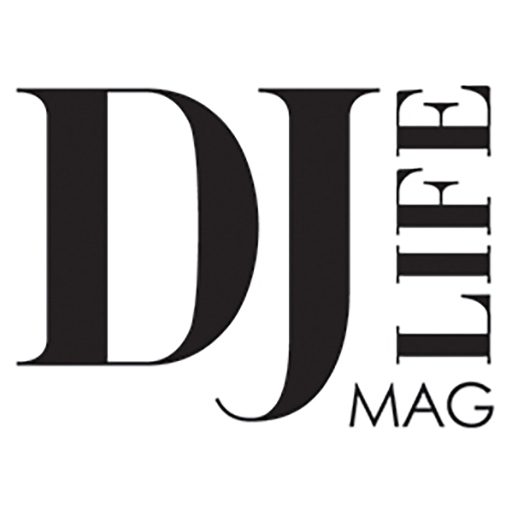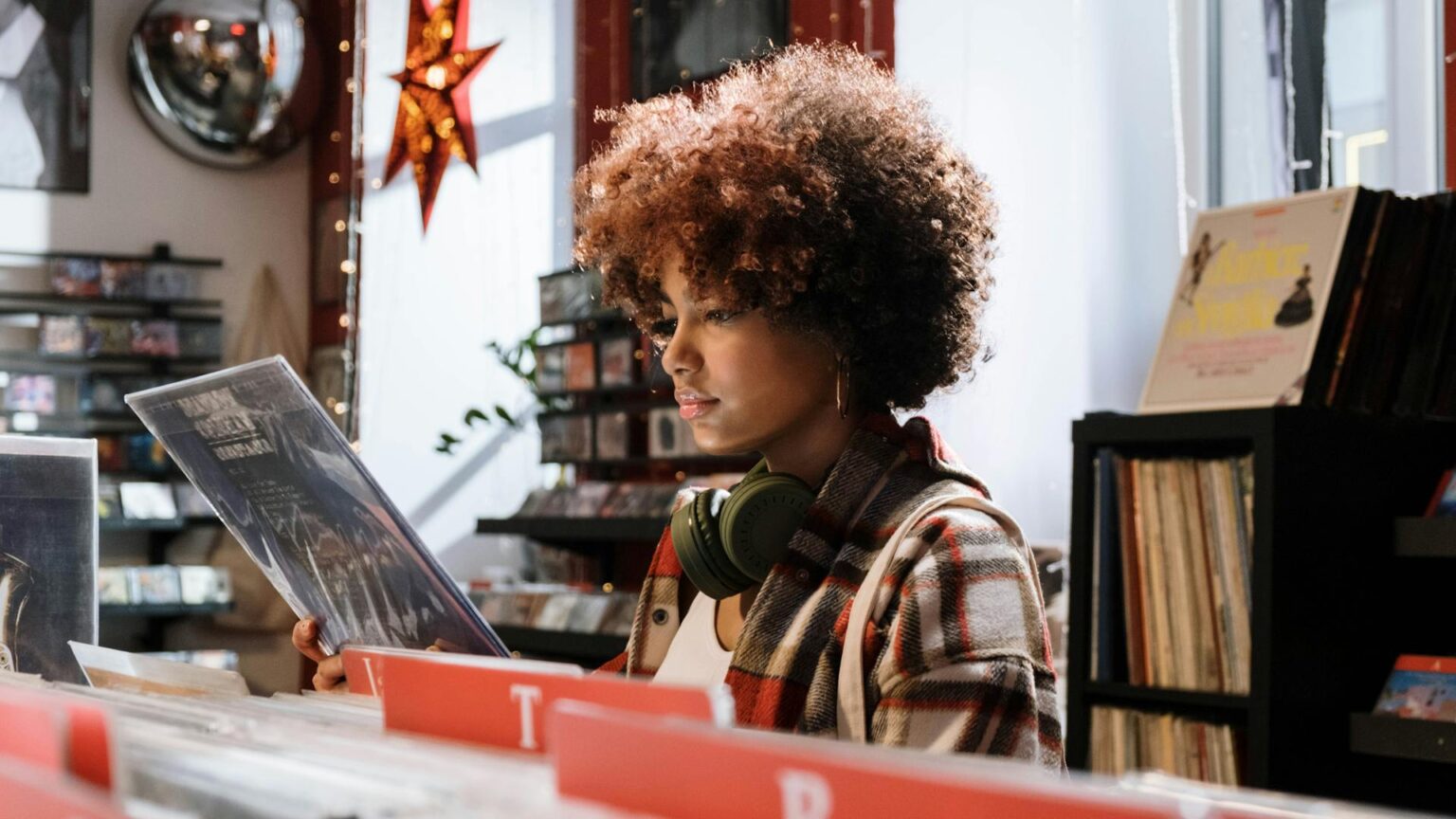“Take a historical journey back through the decades to view how history does repeat itself and the common solutions each time a technology advance hits our DJ industry…”
Change is simply inevitable and, in fact, all that is “old” becomes new once again. While these sayings apply to just about everything that we encounter in life, I am making reference to DJ technology… and specifically music-playback systems. I mean, as a DJ, our foundational function is to play music, right?
Regarding the title of this article, I was trying to be clever… but, just in case you were off the grid over New Years Eve, the Tidal streaming service went down and left many DJs who exclusively stream their music program up the creek without a paddle.
Initial reaction in our Facebook group (DJ Idea Sharing) was one of, “I told ya so!” Other DJs took a sympathetic tone, while a few more simply stated that streaming was not for them. Imagine going to your big New Years Eve event and finding out your music provider was out of commission. Then can you imagine not having a back-up option, so you might be unable to provide services?
I mean, this is a nightmare scenario in which no one wins. I want to remind everyone of a childhood story I grew up with called “The Three Little Pigs.” One pig built his house from straw. It was quick, cheap, and easy. The second little pig built his house from sticks and wood. Not as quick, but still pretty cheap and pretty easy. The last little pig went the route of brick and cement. Not cheap, not easy, and not quick.
When the wolf came to have the pigs for his dinner, he went to the straw house and blew it down. And it came right down. We call that “crash and burn!” The little pig ran to join his cousin in the wood house. Again the wolf blew down the stick house leaving the two pigs in a whole lot of trouble. So, they ran to the protection of the brick house. The wolf tried to blow it down, but it would not budge. The wolf blew and blew, but passed out trying and pigs were saved.
OK, so I’m not going to criticize DJs who stream their music. I’m not trying to tell them what is right or wrong. But what I would like to do is take a historical journey back through the decades to view how history does repeat itself and the common solutions each time a technology advance hits our DJ industry…
The ’70s: DJs were real pioneers during this decade because, in the beginning, there really was neither equipment nor sources made for those who would like to play music for the enjoyment of others and for compensation. It was a brand-new industry. And from what I heard, some DJs started out with 8-track tapes or cassettes and later converting to vinyl. While I have no experience in this era, I am sure that these trailblazers figured out that, as technology evolved, they needed to convert over slowly and have a back-up plan in case the new options did not work out.
The ’80s: This is when I broke into the business and I was primarily a vinyl DJ… but with those turntables came a great need for back-up. A DJ’s record collection was his/her tool box and without it, there could be no show. DJs would often carry albums (33s) along with (45s) for singles. But keep in mind those who played tapes might have thought that vinyl was risky. Records would skip and skip badly if the dancefloor was shaky from vibration. So, for the ’80s, there might have been DJs who warned against converting over to records from tape format. I can imagine many DJs carried both tape and vinyl to be safe.
The ’90s: A big jump forward happened in this era as the industry got into digital media. Vinyl was the major music playback source, but suddenly a very small disc that was inserted into a small player could provide solid music playback and not even skip from a shaky dancefloor. A case of CDs was 10 times smaller and lightweight vs. a record crate. But with change, many DJs pushed back. Early CD players could skip from vibration and if the back of the CD had finger prints there could be a major failure of reading the data creating a sound that made DJs blood go cold – D-D-D-D-D-D-D! So, once again, new technology might have been lighter, and quicker, and easier, but many DJs had their concerns. And it was justified. Back-up music and gear was a must!
The 2000 Decade: During these years, some DJs who resisted change kept playing vinyl while many DJs used CDs effectively. DJ equipment manufacturers really started to embrace technology and made tons of great playback systems with plenty of effects for digital music manipulation… something you could not do with vinyl. On top of the new technology came new digital playback formats such as DAT (Digital Audio Tape) + DCC (Digital Compact Cassette).
All I can say about this era is that we spent a lot of money and always had new toys to play with. But the conservative voices still shouted out, “Just stick to vinyl or CD and don’t take chances.” Again, new tech, but same old solution… Back-up records, CDs, DAT or a combination of multiple sources such as using CD as your primary source and having DAT for backup in case of failure. Software also begin to become viable during this time, but needed better computer technology.
On to the 2010s: The emergence of DJ software. Yes, there was software even back closer to 2000, but these platforms really came into their own during this time. A DJ no longer had to bring cases for their CDs or vinyl or tapes. Music source was now in storage on hard drive devices and compressed down to smaller file sizes to fit the relatively small capacity of the time. Now to a purist, there was no sound comparison to an MP3 file recorded at 128 and a record or CD. But, again there will always be those who want to be first and be groundbreaking.
Again, technology made things easier and at the same time complicated the heck out of things. Software could crash and crash hard leaving the DJ standing on a stage with hundreds of angry guests yelling at them! Not a good look. Of course, the playback source of overwhelming choice was a laptop and many were not advanced enough to be fully independent, so once again DJs were bringing CDs as a backup or additional hard drives and laptops. Do you see where this is going?
2020 to Present: DJs have finally really learned how to properly organize a hard drive or even solid-state drive. Many have converted their record collection or CDs or even digital downloads from source providers like Promo Only or iTunes to organized catalogs and have incredible options from the equipment manufacturers offering on board internal data storage, which eliminates the need for a laptop. All-in-one controllers are gaining in popularity and probably will be the primary choice of DJs soon.
“All this machinery making modern music/can still be open-hearted.” – Neil Peart/Rush, “The Spirit of Radio”
OK, so where do we go now? Well, of course, we stop carrying music! We stop buying music directly. We stop owning music. Instead, we stream it with a simple subscription to a service that allows us to play the song when we need it, but never have capture of the file. Cool concept, right?
But, like with all technology, there is a period of working out the bugs… and streaming requires wi-fi with sufficient processing power along with new technology to handle all of this. And yet again, there will be those DJs out there who scoff and warn and even disparage those who just walk into the business and don’t pay their dues (aka the dues of putting together a full personal music library). In the minds of some, they are not professional DJs and somehow they are even hacks who cheated the system. The DJs with hard drives automatically accuse the streamers of ruining our industry because of a much lower entry point into the business. Lower entry point can often translate into lower-priced DJs… and that really annoys those who have made huge investments in their own music collection.
But, then it happens… a nationwide outage of a streaming service catches many DJs off-guard and some with no way to provide music on New Years Eve. What a mess!
Well, not really a mess for everyone… because just like the vinyl DJs who warned about CDs, and just like the CD DJs who warned about software and laptops, the professional DJ will always have multiple sources and back-up options. That is the common denominator between all these decades of change and the DJs who navigated the changes.
So, I would suggest not to fear new technology. Embrace it and learn from it, but always prepare for when it fails… because the tidal cycle will always continue with or without us.
Since 1984, Mike Fernino has run Music In Motion Entertainment in Seymour, Conn., and since 2008, he has run the Facebook Group, DJ Idea Sharing.


